Custom Surface Preparation For Industrial Painting
The primary purpose of sandblasting is surface preparation. This is an absolutely necessary step when you are painting or coating a surface. However, it isn’t just blasting an abrasive under pressure. The technical aspect of sandblasting (abrasive blasting) may surprise you.
There are very specific standards for surface preparation and each coating has a minimum standard required in order to guarantee or offer a warranty on that product. The Society for Protective Coatings (SSPC) outlines these standards here.
THE CUSTOMIZATION PROCESS
In addition to determining the method or abrasive best for each project, we also work with the customer to determine the level of surface prep or surface profile desired. The product is used for painting plays a role in determining the minimum requirement based on their specifications.
We had previously blasted and painted the steel railings to the front entrance of Central Presbyterian Church in Kansas City. This time, they called us back to restore the rear fire escape. Since the steel structure was on the back of their building with limited use and exposure, they were less concerned with the appearance than the front.

FINDING THE BEST SURFACE PREPARATION SOLUTION
In order to accommodate, we were able to adjust our services to offer the best solution for the outcome they desired. This meant that instead of an SSPC-SP10 “Near White Blast Cleaning” like we used in the front of the building, we completed a “Commercial Blast Cleaning” or SP6. The difference is that 2/3 of the surface is free from residue leaving only light discoloration and light staining as opposed to 95% of the surface.
This also took into consideration the coating we used which required a minimum SSPC- SP6 per specifications. By using this surface profile, we were able to save time and money while still offering a 10-year warranty.
This was a three-story fire escape so our team built a 25 ft custom scaffolding to effectively complete the work. As always, the first step is adequate containment to limit flying debris and abrasives. Working on an outdoor structure we want to be careful to avoid contaminants in the environment and minimize disruption to those nearby.
To achieve the agreed surface profile, we used black beauty coal slag as our abrasive. Black Beauty is very effective on steel structures because it is fast-cutting. It is also environmentally friendly and cost-efficient. This allowed us to remove the chipping paint and rust and get a clean surface profile ready for coating.



APPLYING MACROPOXY
Using a brush and roll method we applied Sherwin Williams Macropoxy 646 Fast Cure. This coating is a two-component epoxy that uses polyamide resin as a curing agent. It is specifically designed to protect steel in industrial settings. Due to the high-solids content, it provides protection of sharp edges and welding which made it ideal on this fire escape.

Due to the exterior exposure of this structure, we then applied an acrylic polyurethane topcoat, Sherwin-Williams Acrolon 218 HS. This product is a two-component, fast-drying, polyester-modified urethane that provides color and gloss retention.
Using the brush and roll method for the application of both of these products allowed for minimal containment while still upholding standards for surface appearance.
Our clients call us back again not just because of the quality work we deliver, but the solutions we provide and therefore relationships we create. Blast It Clean’s ability to work WITH you to develop the best plan to achieve the desired results is what sets us apart.
